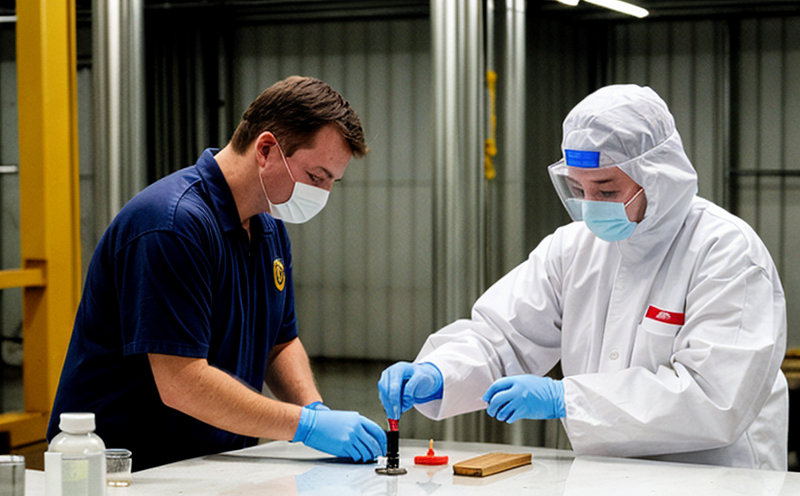ASTM D4332 Temperature Cycling for Packaging
The ASTM D4332 temperature cycling test is a critical method used to evaluate the durability and performance of packaging materials under extreme environmental conditions. This test simulates real-world scenarios where packaging needs to withstand fluctuations in temperature, which can significantly impact its structural integrity and functionality.
During the ASTM D4332 test, specimens are subjected to a series of controlled temperature changes that mimic the harsh environments they may encounter during shipping, storage, and handling. The primary objective is to assess how well the packaging material maintains its mechanical properties under these conditions. This includes evaluating factors such as tensile strength, elongation at break, impact resistance, and dimensional stability.
The test procedure specifies precise temperature ranges and durations for each cycle. Typically, specimens are exposed to temperatures ranging from -20°C to +50°C or even more extreme limits depending on the specific requirements of the packaging material being tested. The number of cycles required can vary based on the expected service life and environmental conditions.
Preparation of the specimens is crucial for accurate testing results. Specimens must be cut from the actual production materials to ensure they accurately represent the properties of the final product. In some cases, additional layers or combinations of different materials may need to be included if the packaging contains multiple components.
The ASTM D4332 test apparatus consists of a temperature chamber capable of maintaining precise control over both heating and cooling processes. The chamber is equipped with sensors and software that monitor and log the temperature changes throughout each cycle. This ensures accurate recording of the conditions to which the specimens are exposed.
After completing all cycles, the specimens undergo rigorous inspection for any signs of damage or degradation. Acceptance criteria typically include dimensional stability, color retention, and retention of mechanical properties within specified limits. Any specimen failing to meet these standards may indicate potential weaknesses in the packaging design that could lead to failure during actual use.
This test is particularly important in industries dealing with perishable goods like food products, pharmaceuticals, or electronics. By identifying early signs of material degradation, manufacturers can make informed decisions about improving their packaging solutions before they reach market.
Industry Applications:
- Packaging for pharmaceuticals and medical devices
- Foods requiring long-term storage at various temperatures
- Electronics designed for harsh environmental conditions
- Consumer goods expected to be exposed to wide temperature ranges during distribution
Why Choose This Test:
- It provides valuable insights into the long-term performance of packaging materials.
- Predicts potential failures in real-world conditions before they occur at scale.
- Aids in compliance with international standards like ASTM D4332 and ISO 17852.
- Supports continuous improvement efforts within R&D departments.
For quality managers, compliance officers, and R&D engineers involved in the development of packaging materials, this test is an essential tool. It helps ensure that products meet stringent regulatory requirements while also enhancing customer satisfaction by delivering reliable and durable packaging solutions.





